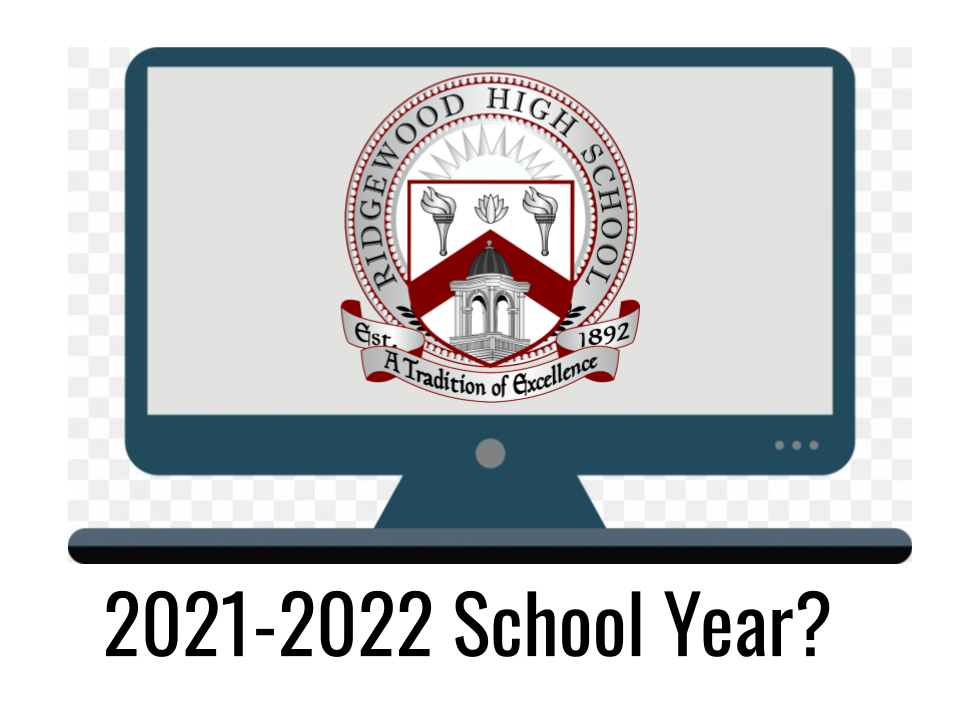With the Omicron and other variants on the rise, there is no telling as to how safe Ridgewood High School will remain. The school administration claims new Coronavirus cases are minimal, but an anonymous student told the High Times that he had almost 10 people from his classes either contract the virus or quarantine because they were in contact with the virus. Whatever the case, this situation reeks of the late 2019-2020 school year. We had also believed then that the cases were minuscule and students would be back in school in a few weeks. Therefore, it can be said with no certainty if the remainder of the school year will be take place in the homes of our students or in-person at RHS.
Although we can only speculate on the possibility of virtual learning, the effects of another span of remote school are more easily predicted. Ridgewood education professionals estimate RHS students are many months behind in their learning and academics. Another period of virtual learning might further exacerbate the situation, not to mention other disadvantages, such as minimal athletics and decreased club participation. These products of virtual school give rise to many important questions, such as why is it that virtual schooling is not as effective as its counterpart? Can schools address this issue? If so, why have they not already?
According to E-Student.org, virtual learning is difficult for many students because of a lack of motivation and time management. This results in lower concentration and attention among students, and as a result, decreased learning. E-Student.org, however, proposes a solution: “…face-to-face communication with professors can be substituted with online communication, and peer-to-peer activities should be promoted between online students similarly as it would be in traditional classrooms.” This, they claim, can help replicate classroom conditions and might recover many of the learning habits that are lost in virtual learning.
Many organizations have sprung up during the 2020 lockdown, providing numerous tips and tricks to help students effectively learn in a virtual setting. One of these organizations, Brighter Hope Wellness Center, encourages students to fidget and move around while learning. They claim “Kids may need a place for excess energy to go while they’re sitting. Allowing them to have some movement with their hands while focusing on a task may help their brain to focus more on the task on hand.” They also recommend taking notes and actively participating as methods to better connect with the teacher and the content. However, none of the Brighter Hope Wellness Center’s tips are meant for schools themselves, but rather for the learner. The implication is that effective learning is entirely dependent upon the student, and how the student conducts himself or herself during virtual learning is key to real learning.
Can school administrators not remedy this issue? Do they hold any power in this bizarre learning process? The answer for many students is yes. Many RHS students believe teachers and their teaching methods are the driving force behind effective learning. Students believe a teacher that can keep students engaged and dialed-in will foster a better learning environment than a teacher that uses pre-recorded videos to teach the content. One student told the Times that for him, breakout rooms are one of the most effective ways to achieve this class engagement. Breakout rooms encourage discourse, forcing students to talk, engage, and obtain a firm grasp of the material.
However, the implementation of these methods is proven difficult for many teachers. Therefore, the burden of retaining the subject matter falls upon the students as many teachers stubbornly teach in the same manner, and learning decreases as a result. Contrastingly, many students refuse to even attempt to improve their learning in a virtual environment, which can not even be remedied by altered teaching methods. Ultimately, providing a suitable and effective virtual learning setting is a complex task, but in order to maximize learning, students and teachers must both play their roles and make an effort to learn, making the most of the unusual situation.
Musaab Mahmoud
Features Editor
Graphic: Musaab Mahmoud

